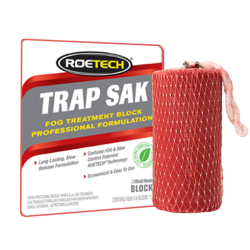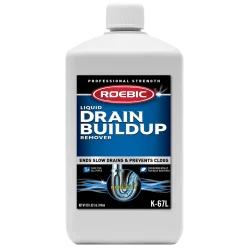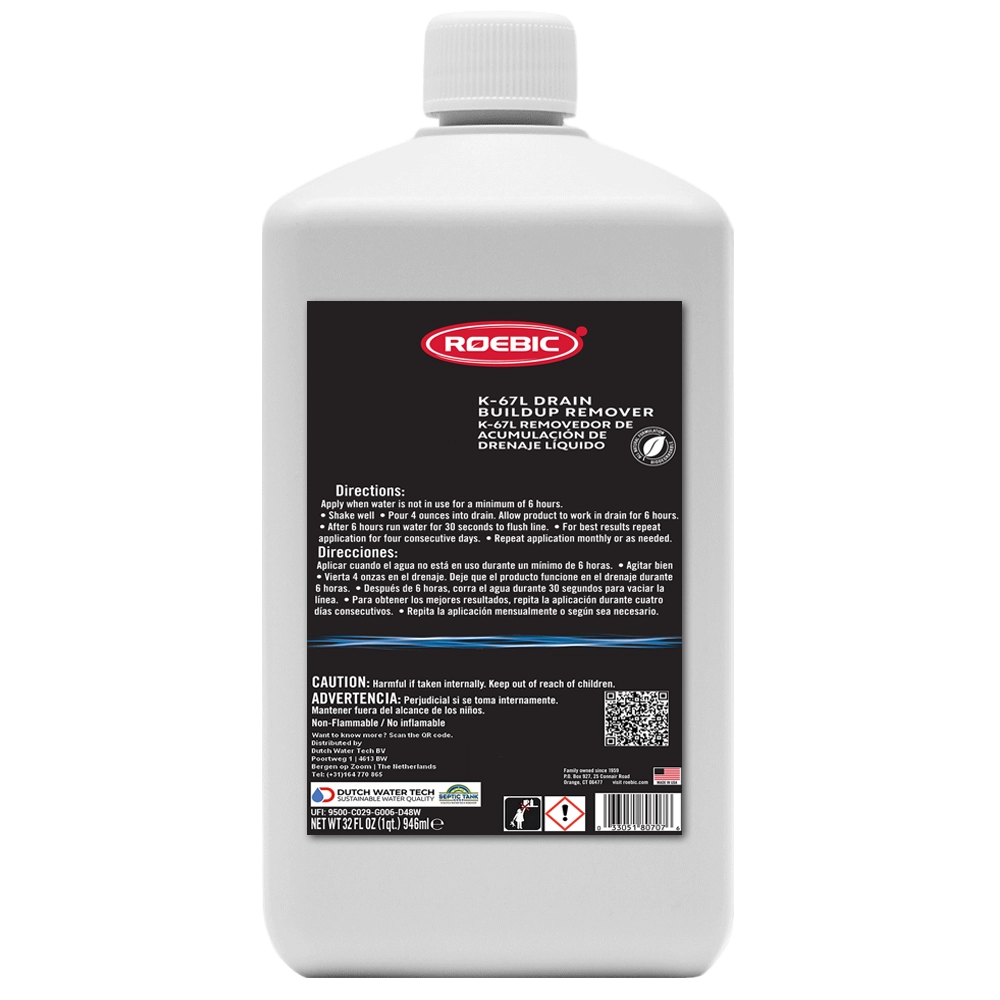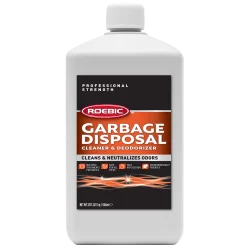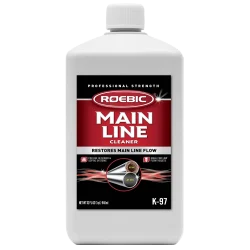Home » Knowledge base » Grease Trap Emptying
Grease Trap Emptying
Want to empty a grease pit? Make sure this is done regularly to prevent a grease pit overflow and stench.
The grease trap or grease separator fulfils an important function. It keeps the fat from the wastewater indoors and ensures that it does not enter the municipal sewer system. This is good for the municipality. Hardened fat often causes blockages in the sewer system. Solving and cleaning these clogs costs a lot of money every year. It will therefore not surprise you that, in the event of regular fat discharges, investigations are quickly carried out to fine the instigator. These fines are not small! As an entrepreneur in the hospitality industry, it is in your interest that the grease pit functions optimally. One of the most important things is to empty the grease pit regularly.
Can I empty the grease trap myself?
We can be fairly brief about that: Not really. Of course you can empty your grease trap by removing the floating grease, but that is a very dirty job. The best way to do this is by hiring a professional company to empty the grease trap with a vacuum truck. This also gives you the guarantee that the fat is removed in the correct manner. It can still be used for useful purposes. For example, the extracted fat can be fermented to produce biogas. This in turn can be used to generate energy. Biofuels are also possible. Perhaps you will soon be driving home on the contents of your grease pit!
Alternative to emptying a grease trap
It is possible to reduce the frequency of emptying the grease pit with the right use of Roebic products. However, it is still necessary to empty the grease pit regularly. Also, in the event of calamities in the municipal sewer system, one can be asked to demonstrate the emptying frequency. So there is not really an alternative.

Stench when emptying a grease pit
The smell of emptying the grease pit is a frequently heard complaint. Because there is a lot of “stirring” when the grease pit is being emptied, foul odours can be released. Rotten eggs or other heavy, smelly odours can then enter the kitchen, or worse, the restaurant. Not the intention of course! The grease pit may also smell under normal operating conditions. This smell is caused by the anaerobic degradation in the grease trap. This decomposition is slow and various bad odours are formed. The rotten egg smell, for example, is also known as H2s. This is a corrosive and, in high concentrations, dangerous gas.
“A quick approach to odour in the grease pit with the effective Roebic products.”
Tackling the stench of a grease pit
Fortunately, it is easy to deal with grease traps that stink. The highly effective, biological Roebic approach is twofold: a so-called bacteria candle is hung up in the grease pit. This slowly dissolves and continually releases good, aerobic bacteria into the water. These bacteria break down the fat in a way that does not cause any odour. Roebic GT is also dosed in the pipeline to the fat trap using a special dosing installation. This product also contains aerobic bacteria. It also contains a substance that makes the fat more accessible to the bacteria. In this way, there is too little food left for the much slower, odour-producing bacteria to produce any odour.
How fast does it work? This graph shows the typical course of the amount of grease in the grease pit and thus the odour production available. Clearly shown in the before and after pictures. That is a fast result!
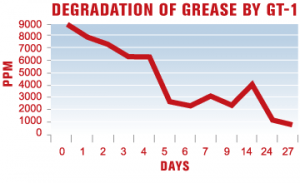
Our recommended products
-
Roebic K27 – Garbage Disposal Cleaner & Deodorizer
Drain and Grease trap treatment £27.95 £23.29 (excl. VAT) Add to basket


